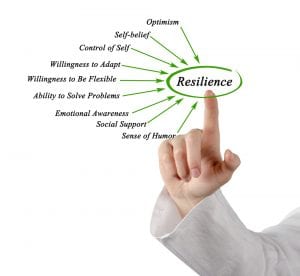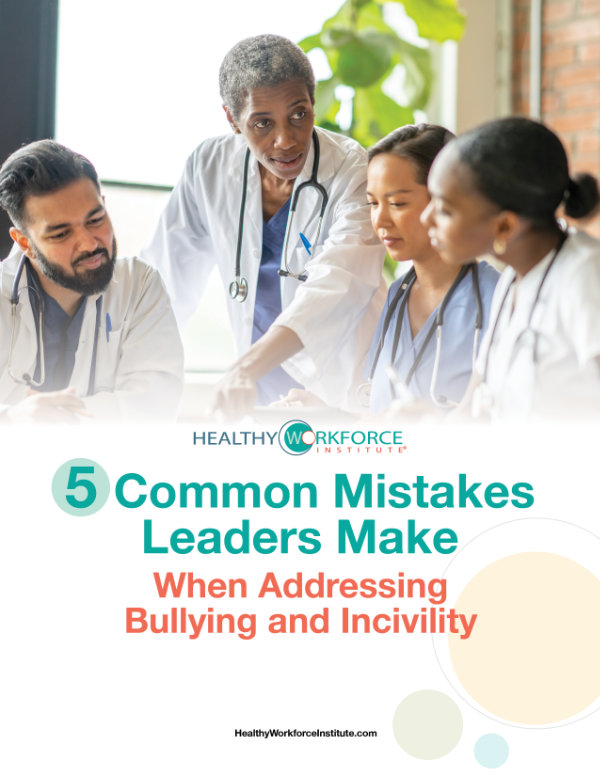Can you believe that another year is almost over?!?
The older I get, the faster the years seem to fly by. It seems like just yesterday I was a young adult venturing out to my first day of being a real nurse. Thirty four years later (yikes!), I sit here at my desk writing to you and sharing ways to strengthen your professional practice.
Each year in between has given me insight and experiences, both good and bad. How I learned from these life events has been instrumental in building resiliency.
While reading this morning, I came across one of my favorite quotes by Brené Brown,

“Joy, collected over time, fuels resilience.”
Yes, the joys of life nurture our ability to be resilient in the midst of adversity. We learn and grow and navigate stressful times a little easier. We are able to meet them head on and become stronger as a result.
Seeking joy and sharing joy with all I meet is one way I refuel throughout the year.
December is often a time of reflection and rejuvenation – remembering the fond moments of the year, pondering the lessons learned, and preparing for the new year to come. As we count down the last days of 2018, set aside time to plan for an even stronger, more resilient you in 2019.
Consider how you might build your resilience capacity. What specific goal will you set?
- What ways can you fill your cup, so that you are able to bounce back after difficult situations?
- How might you cultivate more meaningful moments?
- What resilience practices will you incorporate into your day in the New Year?
Listed below are 10 proven steps to building your resilience.
I invite you to create a plan for yourself and be intentional all year long. I can’t wait to see what 2019 has in store! Bounce back and move forward!
Number 1: Recognize your signs of stress
Mental breaks and relaxation help keep stress chemicals at bay, reducing the likelihood of feeling, or becoming, overwhelmed and reactive to events.
Do you feel stress in a specific area of your body? _________________________
What is your “bad habit” when stressed? __________________________
What measures do you take to decrease stress? __________________________
Number 2: Build physical hardiness
A colleague of mine recently said “Don’t let life harden you, build hardiness instead”. Taking care of yourself to keep your mind and body primed to deal with situations that require resilience.
Make small changes to improve your health – better sleep hygiene, proper nutrition and hydration – and be accountable to someone other than yourself.
Fill in the blanks and set your intent.
One change I will make in the new year is _________________________________
Who will I tell and have serve as my accountability person? _______________
Number 3: Strength relaxation –appreciate ‘calm body, calm mind’
List activities that help you relax at home. Also, list activities that help you relax at work.
Try out new strategies for relaxation – meditation, mindfulness, breathing exercises.
Do something that is comforting to you (e.g. listening to music, being out in nature, playing with your dog).
Number 4: Use your strengths (my favorite)
Describe a time that you were able to overcome or handle a major challenge in your life.
- What did you learn about yourself?
- What personal strength(s) did you draw upon?
- Draw an image of when you are your most resilient self.
- How might you apply this strength in the future?
- Have you been able to overcome obstacles, and if so, how?
- What has helped make you feel more hopeful?
Number 5: Increase positive emotions daily. Positive attitude, positive outcome.
Create your own list of things that bring you joy/happiness.
List what you are grateful for or write a gratitude letter to a friend/colleague.
Acknowledge your accomplishments.Take a few minutes each day to celebrate what you have achieved.
Celebrate the accomplishments of others.
See the humor in life: Laugh, giggle, chuckle, smile. Smiling inevitably increases your serotonin (the happy hormone in your brain) and the serotonin in those you smile at. 😊Powerful stuff!
Nurture a positive view of yourself. Developing confidence in your ability to solve problems and trusting your instincts helps build resilience.
Number 6: Engage in meaningful activities
“The purpose of life is to have a purpose in life.” Author – unknown.
Spend some time identifying what matters to you most. Make a top five list and concentrate your efforts in those areas: maybe it’s family, volunteering in a shelter, or working for yourself. Whatever gives your life meaning deserves top priority.
Notice regularly what is happening that brings meaning to your day.
Nurture a broad network of personal and professional relationships. Good relationships with close family members, friends or others are important. Accepting help and support from those who care about you and will listen to you strengthens resilience. Some people find that being active in civic groups ,faith-based organizations, or other local groups provides social support and can help with reclaiming hope. Assisting others in their time of need also can benefit the helper.
Connect your activities back to your purpose/your mission. Do they align?
Number 7: Counter unhelpful thinking
Write down what you are thinking about when stressed and ask these questions.
What is the worst that could happen, AND could I survive it? What is the best that could happen? What is most likely to happen? What would I tell a friend in a similar situation?
Remember what someone said to you that encouraged you – especially when you are doubting yourself.
Keep things in perspective. Even when facing very stressful events, try to consider the stressful situation in a broader context and keep a long-term perspective.
Number 8: Create a caring community
Identify your sources of support at work, at home, and in the community.
Practice good communication, active listening, and conflict resolution skills.
Be kind, respectful and courteous daily.
Do something kind for a peer or co-worker weekly. Maybe it’s sending a sincere thank- you card or email. Perhaps it’s doing a task for them. Do these things to support your relationship rather than expecting anything in return.
Number 9: Become a lifelong learner
Build new skills, gain new understanding and apply them in times of change. Accept that change is part of living.
Find ways to become more comfortable with change and reflect on experiences that broaden your perspective.
Number 10: Take decisive actions
Act on adverse situations as much as you can. Take decisive actions, rather than detaching completely from problems and stresses and wishing they would just go away. If you are afraid to act on your own, ask for help.
Each of these steps can build resilience capacity.
Choose the ideas that make the most sense to you: the ideas that would be meaningful to you.
Put these into place with your whole heart. These efforts can lead to increased overall happiness; better relationships with families and colleagues; higher job satisfaction; important role modeling for others and, perhaps most importantly, an improved ability to withstand and even thrive in the face of challenges – resiliency!
Which one(s) will you plan to use in the coming year? We would love to know.
This article was written by Pam Spivey, a Healthy Workforce Institute Content Writer.













2 thoughts on “10 Steps to Building Your Resilience”
very informative, thank you for all the things you do
Hi Aurea! Thanks so much for taking the time to comment. Do you have any strategies to build resilience? I’d love for you to share!!
Kind regards
Renee